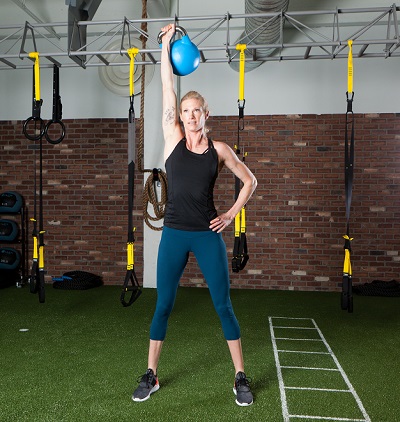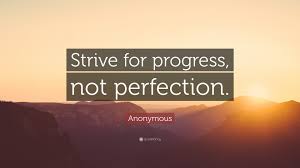“A small daily task, if it be repeated daily, will beat the labours of a spasmodic Hercules.” – Anthony Trollope
Do you find fitness goals daunting? More often than not, we set goals based on the desired end result such as losing 30 pounds or being able to bench press 225 pounds. When we focus on such an ambitious goal, most lose motivation quickly as those goals start to seem unattainable and we eventually give up.
To succeed over the long run, harvest the power of frequency and you’ll see the productivity and efficiency needed to crush your goals. Here’s why:
- Frequency Makes Starting Easier
Getting started always seems like an overwhelming task. “What do I do?” and “How do I even do it?” are the questions we consistently ask ourselves. While it’s easy to feel overwhelmed, the best thing you can do is simply start on one or two things that you can easily accomplish and consistently repeat. These goals can be as easy as making it to the gym once a week, walking 30 minutes every day or skipping desserts. It doesn’t matter how small it seems, by simply starting to work towards your goals, you remove that mental boulder and start to gain momentum. Once you establish your confidence and gain momentum, you will be ready to take on more ambitious goals.
- Frequency Relieves Pressure
Anytime we begin a new endeavor, we feel the pressure to succeed and fear failure. Relieve your pressure to succeed by focusing on the process, not the results. By creating and focusing on daily goals that you can accomplish, you will experience success more frequently and will find achieving success to be easier each day. With a mountain of success, you’ll no longer feel the pressure to succeed and be well on your way towards reaching your goals.
- Frequency Nurtures Frequency
Once you have learned how to develop a habit, building more habits becomes easier to do. For example, if your goal is to lose weight, you might start with avoiding certain foods like french fries, deserts, etc. Once you have mastered that, you may move to making your own lunches every day. Once you have mastered that, you can then move to doing meal prep for the entire week. Pretty soon you’ll notice the fat to start to melt as you’re eating healthy the majority of your meals.
To key to achieving your goals lies in creating repeatable success. Focus on succeeding in the daily tasks you set, rather than your long-term goals, and you’ll gain the confidence and discipline you need to reach your goals.







